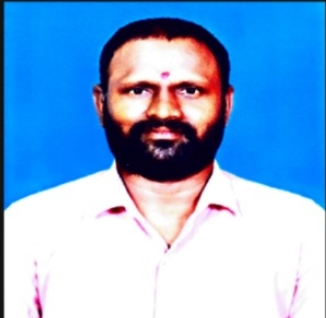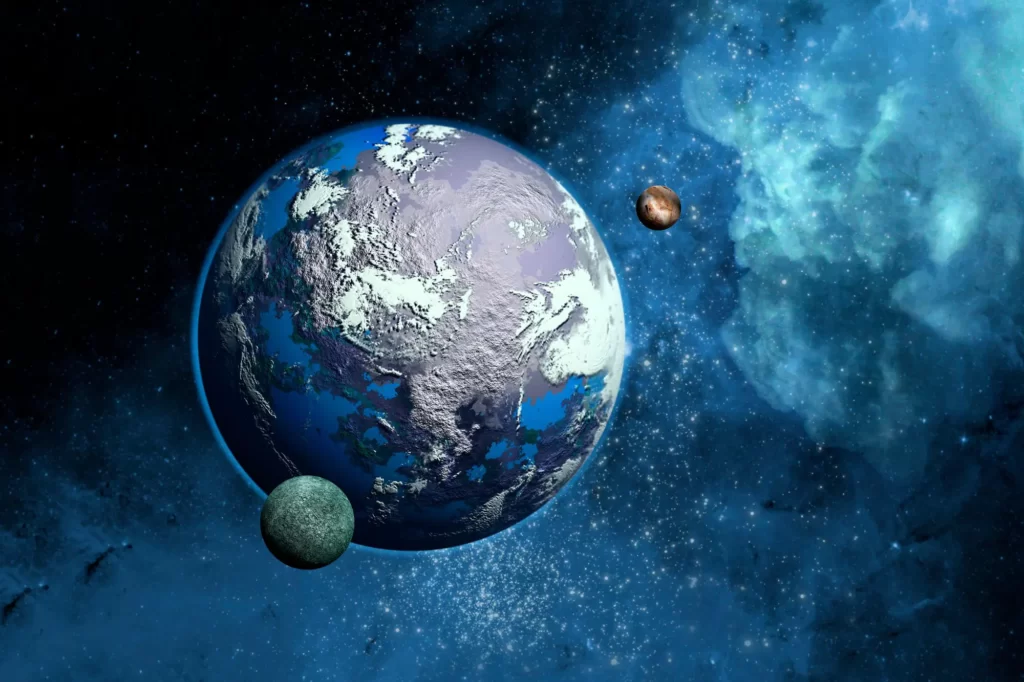Japan’s Subaru Strategic Program has discovered a SUPER-EARTH that is Four Times the mass of our Plant Earth orbiting a red dwarf just 37 light years away.
One light year is equal to the distance that light travels in one year (it is about ten trillion kilometers or six trillion miles). One light year is equal to approx 6.5×10^5 earth’s years.
The good news? This exoplanet, named Ross 508b, might be habitable according to space scientists.
This discovery under Subaru Strategic Program (SSP) is an exceptionally large project, which was initiated in 2007 with the intention of creating unprecedentedly outstanding scientific outcomes by using unique/expedient observing instruments and using the Subaru Telescope as much as possible to establish a decisive leadership position in the relevant field of astronomy.
This program’s systematic observations collect a large and controlled volume of scientific data, based on a large amount of allocated nights over a time span of up to 200-300 nights over 3-5 years.
This super-Earth is a rocky world, on which a year is equal to just 11 Earth days.
The study revealed that Super Earth’s orbit is short to the red dwarfs being a lot smaller than the Sun. However, the smaller sizes also make their gravitational fields less expansive than the Sun’s.
Therefore, it is calculated that Ross 508b is revolving around its red dwarf at a distance of just 5 million km. Mercury, in comparison, is about 60 million km from the Sun.
The short path between this super-Earth & its red dwarf begs the question: how could it possibly be habitable?
Well, the Ross 508b’s orbit is elliptical, which means it isn’t always as close to the star and pretty much dips in and out of the habitable zone.
A planet like this may be able to retain water on its surface. Whether or not water or life actually exists there is still debatable.
Red dwarfs are cooler than other types of stars and emit less visible light, which makes their studying challenging.
What makes this find more special is that it’s the 1st exoplanet found by the Subaru Strategic Program using the infrared spectrograph IRD on the SubaruTelescope

For More Such News Updates – Follow Us On Social Media







